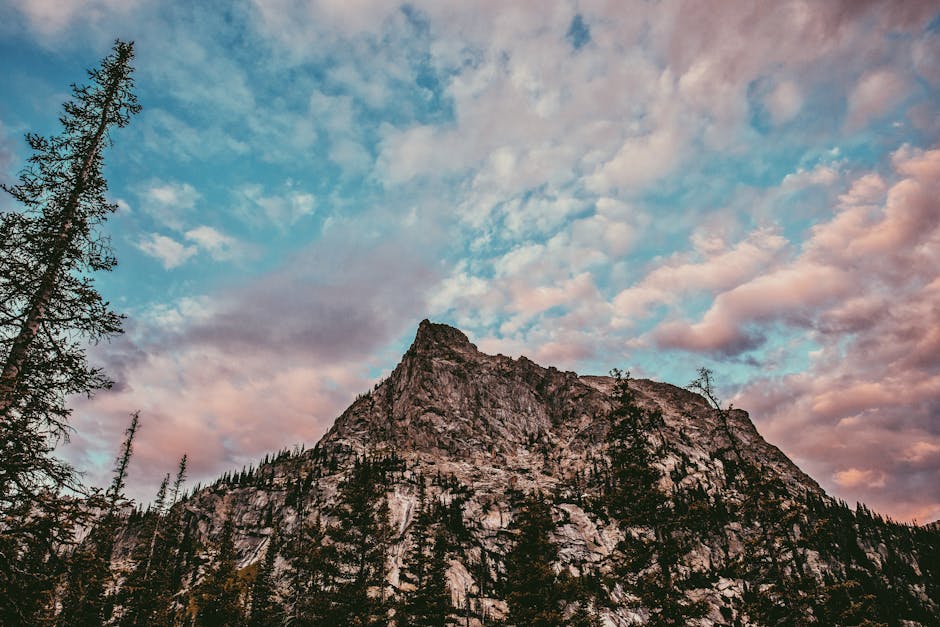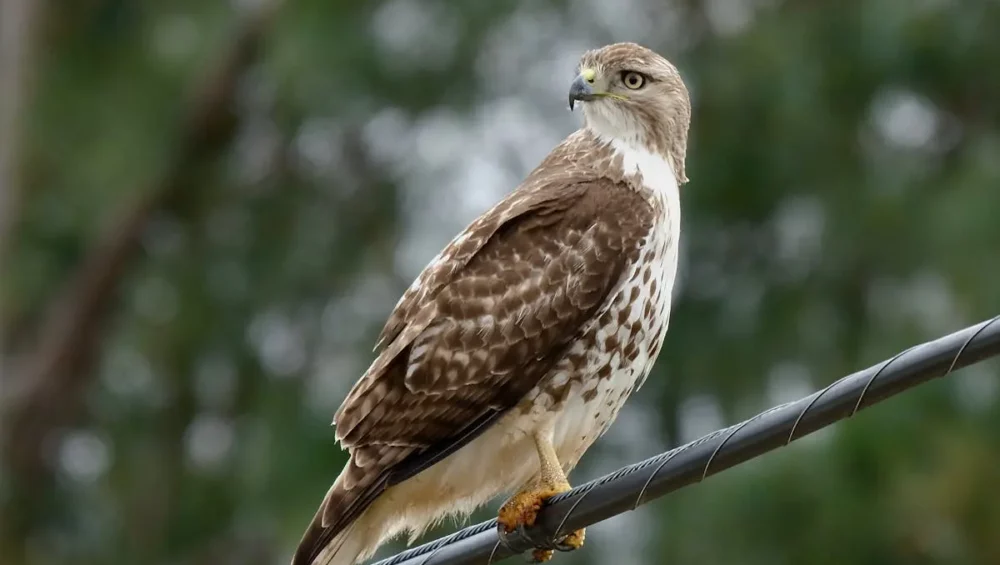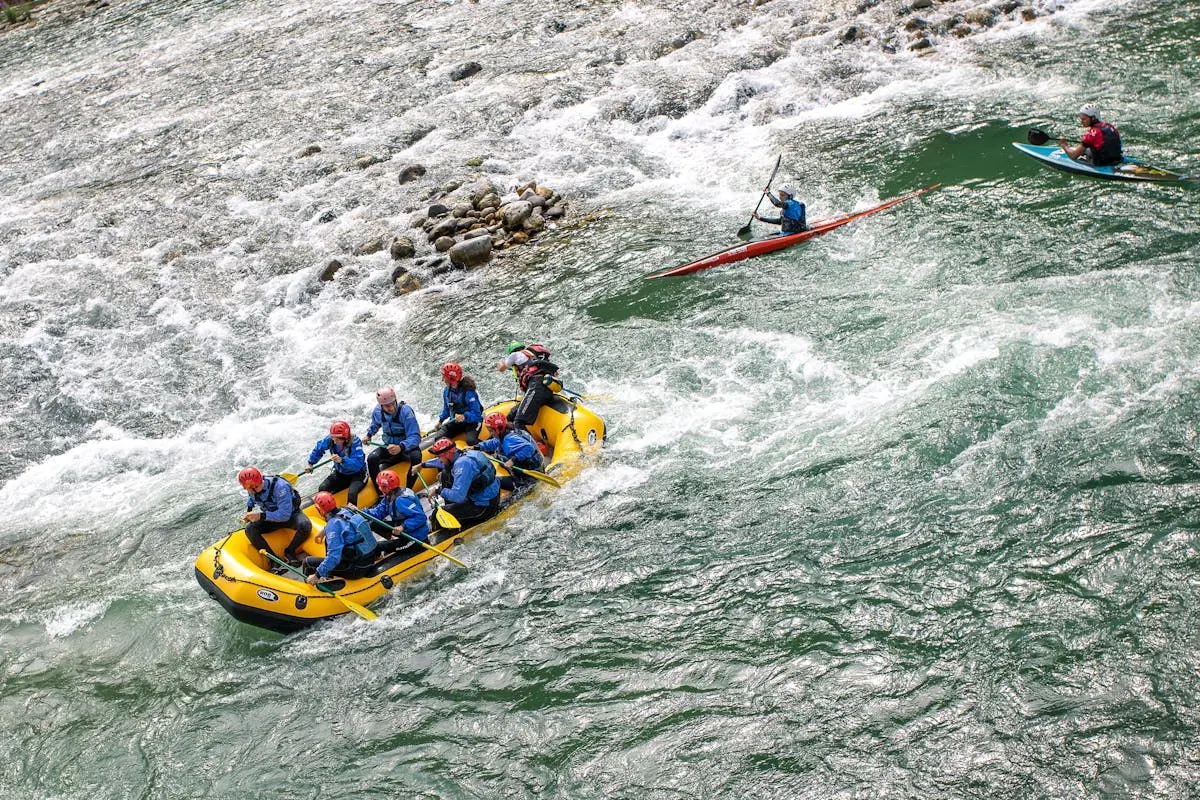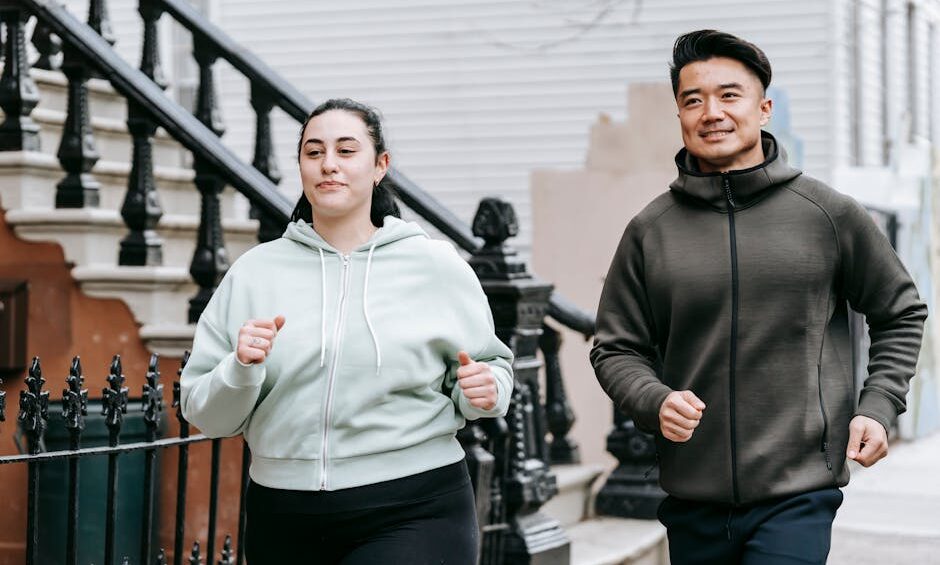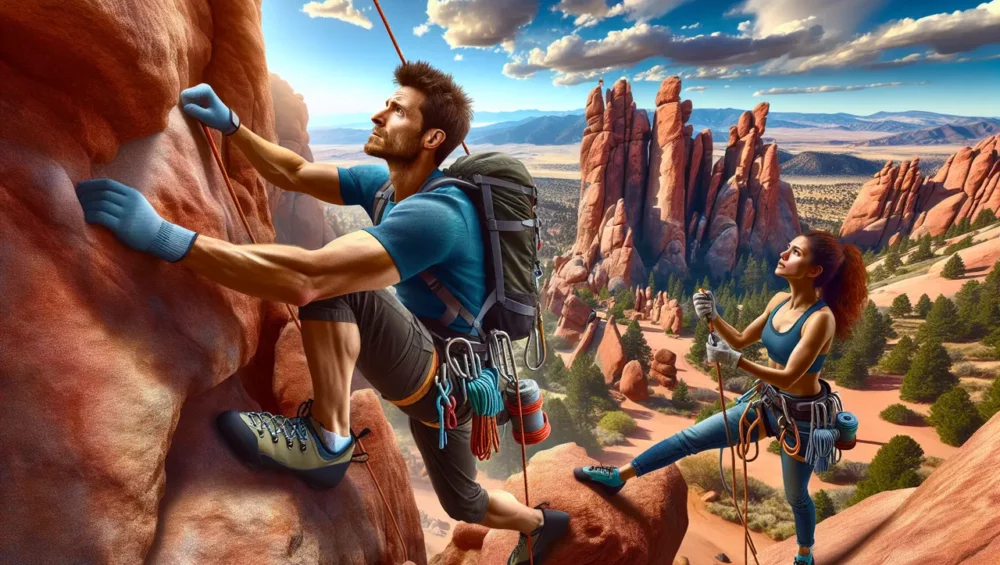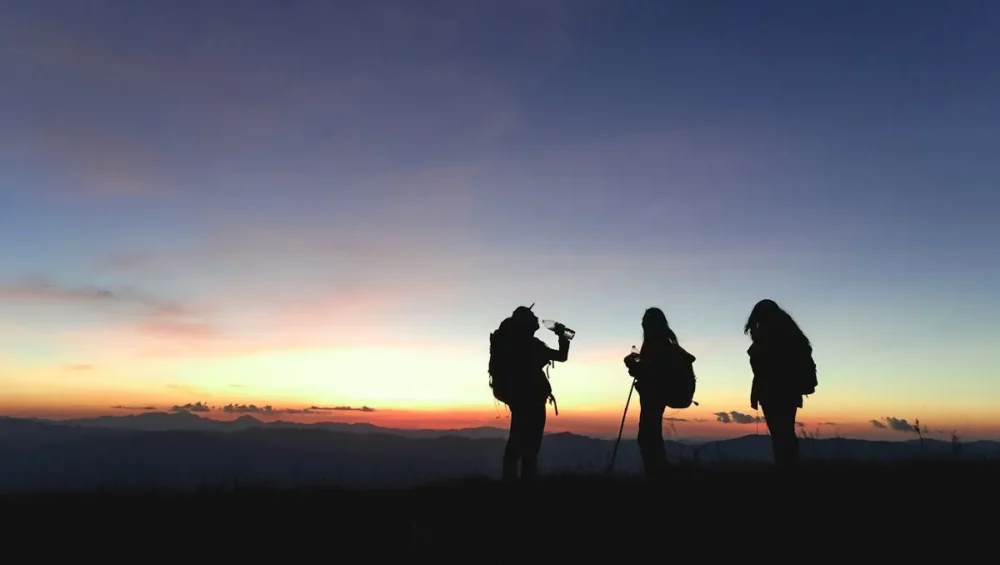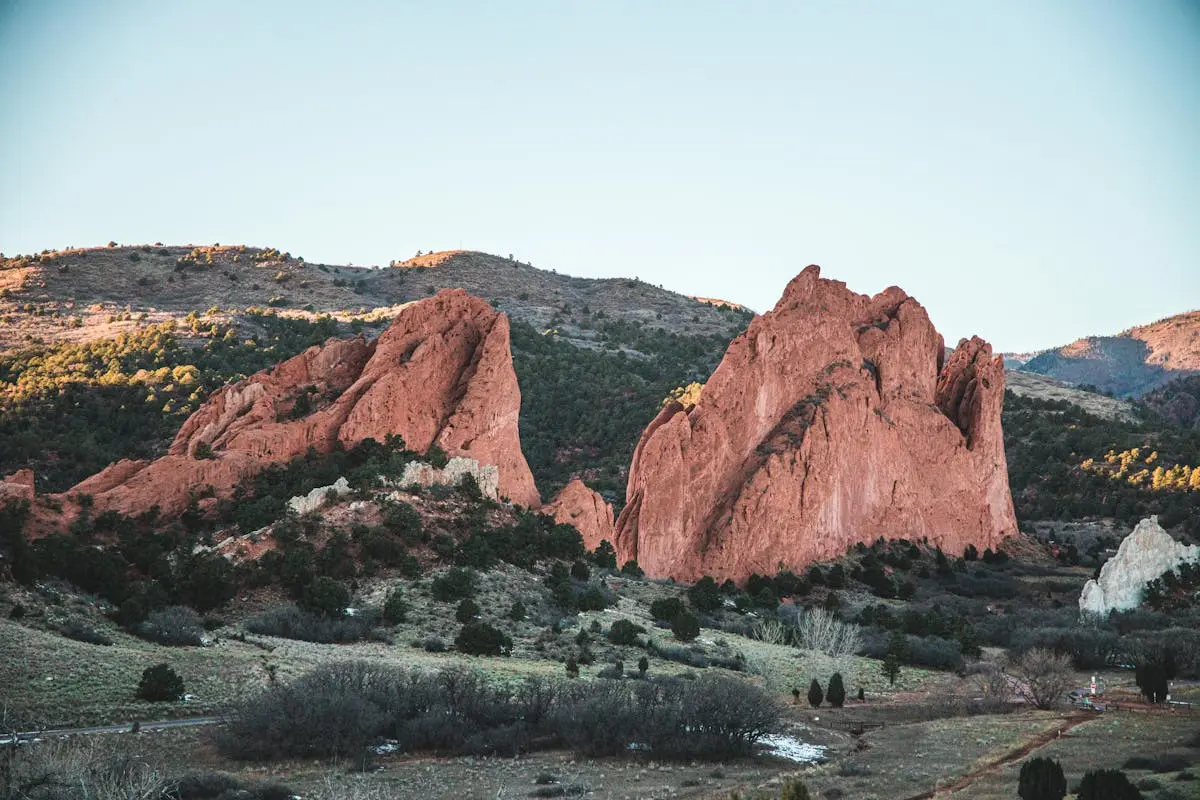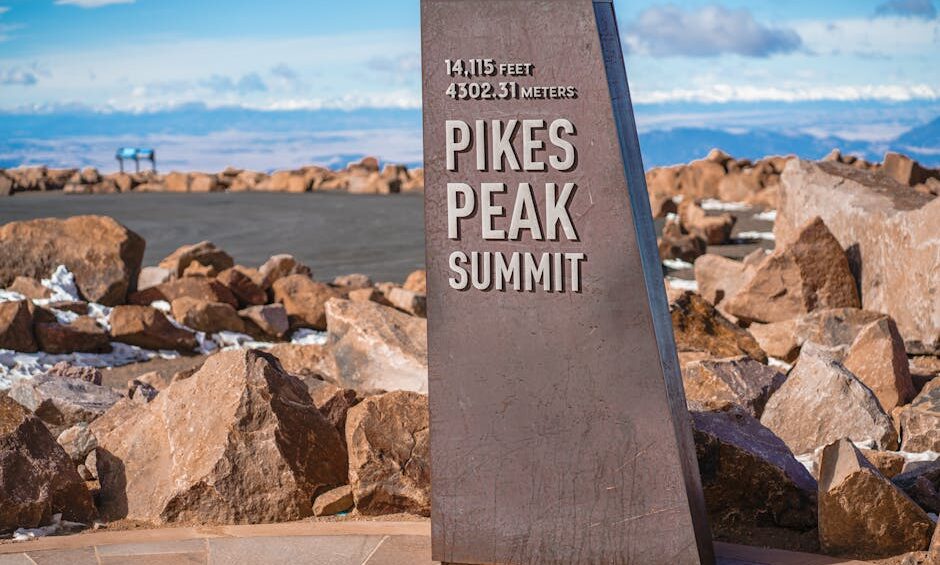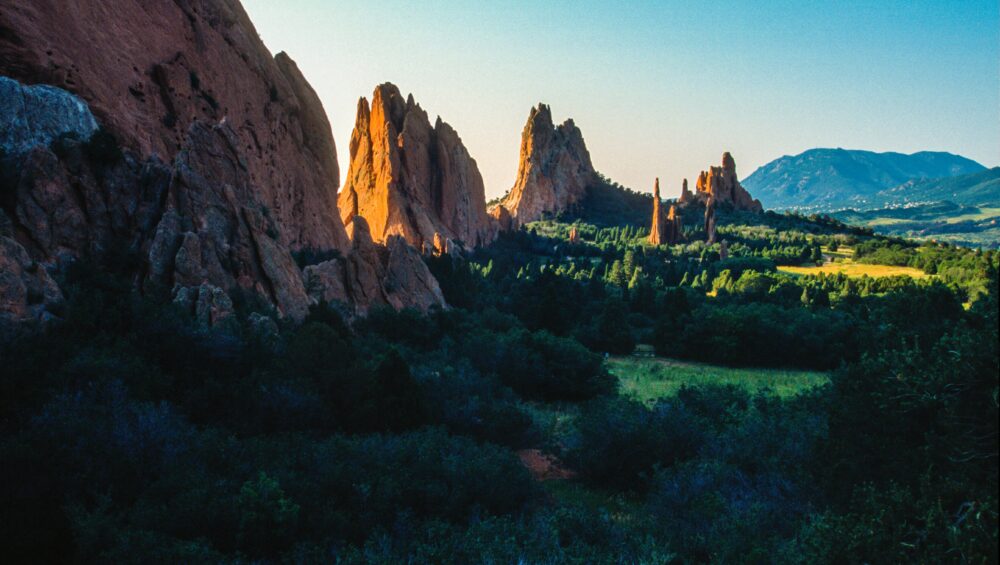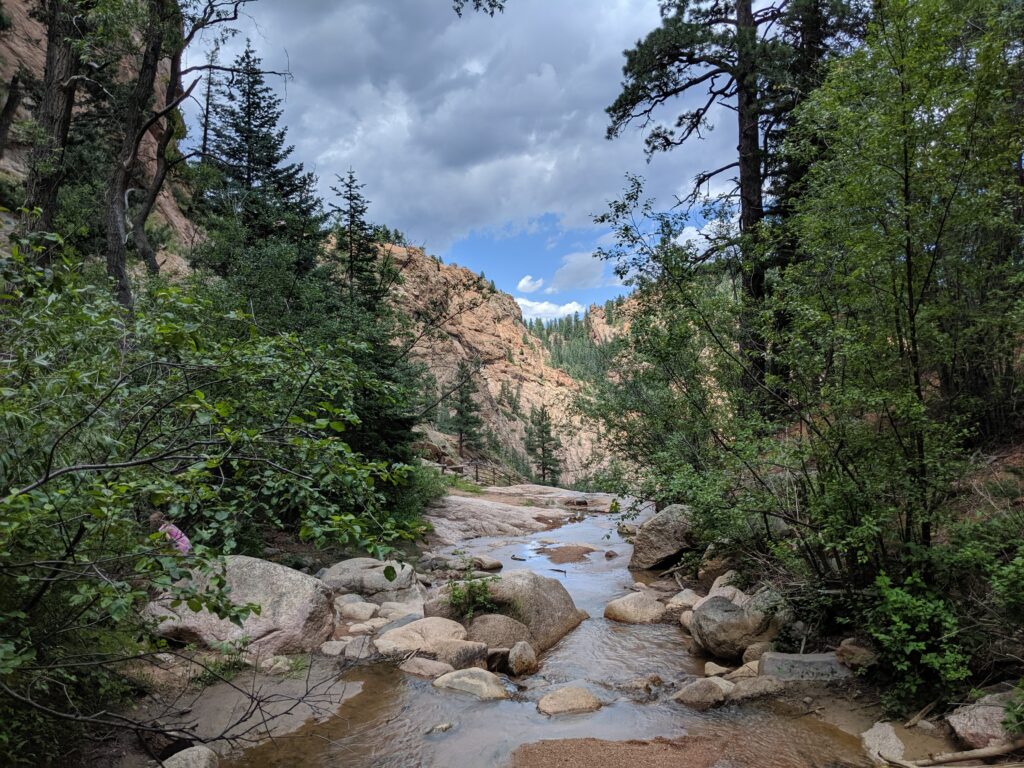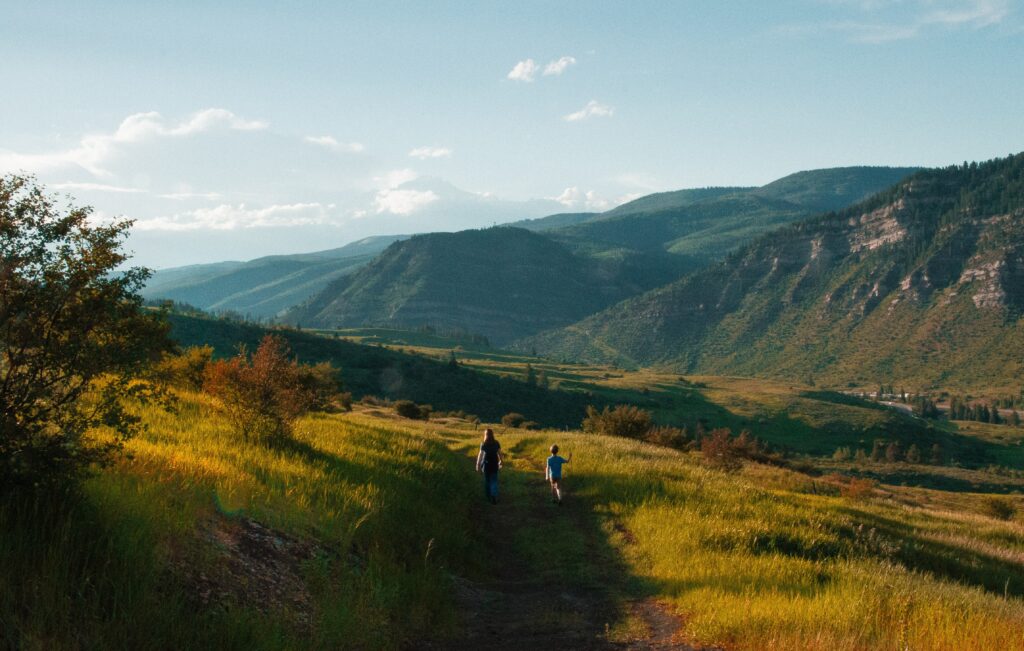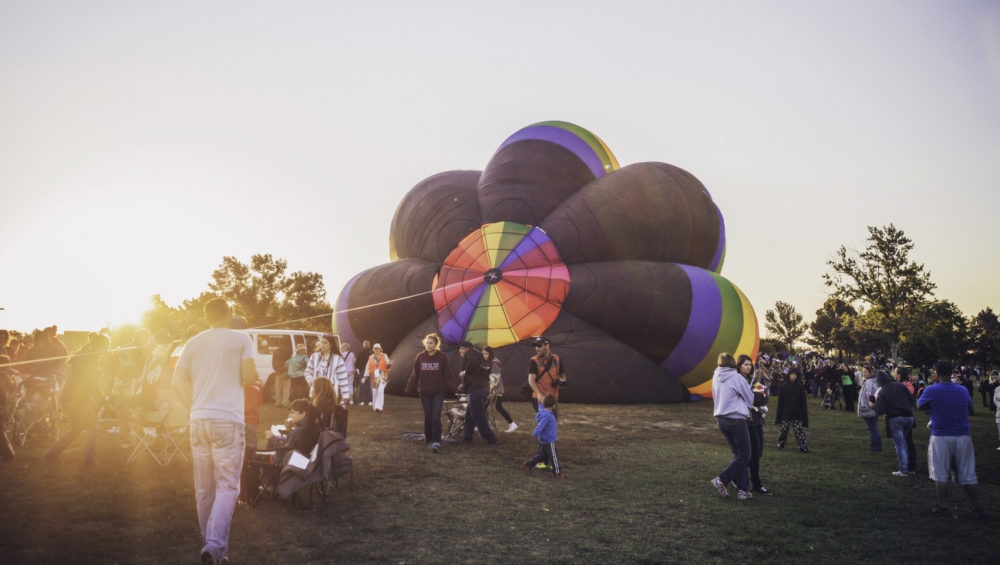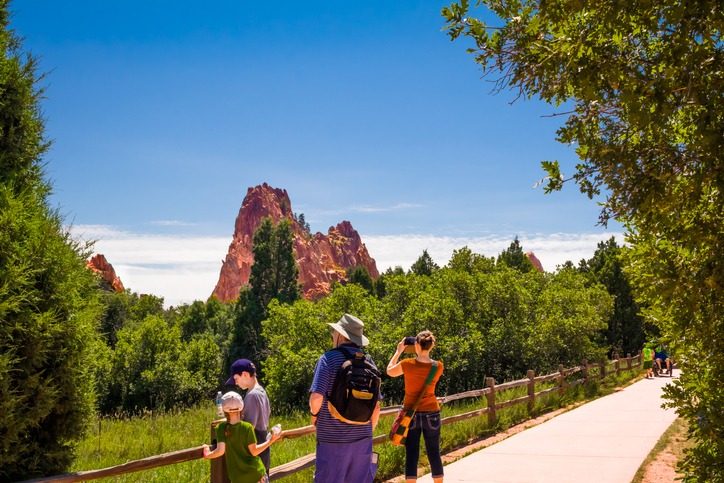Introduction to Zip Adventure Tours in Colorado Springs
Zip Adventure Tours in Colorado Springs shout “adventure” louder than the mountain echoes. Here, adrenaline junkies find their sanctuary amidst the wild. We’re not just talking any zip line; we’re diving into an experience that swoops you across breathtaking views at heart-racing speeds. It’s where the Rocky Mountains meet sky, with you hanging in the balance. This isn’t your backyard zip line. It’s a leap into Colorado’s untamed beauty, guided by pros who ensure your thrill ride is as safe as it is exhilarating. Whether you crave the rush of flying over canyons or gliding beside towering pines, these tours offer an unmatched blend of excitement and natural wonder. Gear up, because we’re about to zip through why Colorado Springs holds the keys to an adventure you won’t forget.
Why Colorado Springs is Perfect for Your Next Zip Adventure
Colorado Springs is a playground for those who crave adventure and seek thrills with every step. Nestled at the foot of the majestic Rocky Mountains, this city offers an unparalleled zip-lining experience. Here’s why it’s perfect for your next zip adventure: First, the diverse landscape. You’ve got canyons, forests, and rocky terrains—all in one place. It means every zip line offers a unique view and a different rush. Second, the elevation. Being high up in the Rockies, you’re not just zipping across; you’re flying high above some of the most breathtaking scenery in the U.S. The air is crisp, the views are wide, and the experience is unmatched. And let’s not forget, Colorado Springs is home to some of the longest and fastest zip lines in the country. So, whether you’re a first-timer or a seasoned pro, the thrill levels are cranked up to the max. Wrap all this in Colorado Springs’ sunny and crisp weather, and you’ve got the ideal setting for an unforgettable zip adventure. It’s clear, for adrenaline junkies looking for their next thrill, Colorado Springs is the place to be.
Top Rated Zip Adventure Tours You Can’t Miss
Hitting the high wires over Colorado Springs isn’t just an activity; it’s an adventure made for those who love a rush. Here, the top-rated zip adventure tours stand out for not just their thrill factor but their stunning views and exceptional service. First up, The Broadmoor Soaring Adventure offers two courses, each with ziplines that glide you across canyons and between trees, a real test of bravery and a treat for the eyes.
Gear Up: What You Need for the Ultimate Zip Adventure
To dive into the ultimate zip adventure in Colorado Springs, you need the right gear. First off, wear comfortable clothing. Think lightweight and breathable fabrics. Avoid baggy clothes that could get tangled. Next, sturdy footwear is a must. Closed-toe shoes with good grip keep you safe and steady. Don’t forget a harness and helmet. These are provided by the tour, ensuring your safety as you soar. Lastly, weather-appropriate accessories – sunglasses, sunscreen, and maybe a lightweight jacket. Zip lining is all about thrill and safety, and the right gear makes all the difference.
Beginner Tips for Thrilling Zip Adventure Experiences
Before you jump into the action, here’s what you need to know to make your zip adventure in Colorado Springs memorable and safe. First off, dress comfortably. Wear close-toed shoes and clothes that won’t get snagged. Trust me, you don’t want your outfit to be the reason you’re hanging awkwardly from a wire. Next, listen carefully during the safety briefing. This isn’t just routine; it’s your lifeline. The guides know their stuff, so when they talk about how to use the harness and helmet, tune in. Don’t worry about looking cool; safety gear is a must. Helmets, gloves, harnesses? They’re all there to keep you in one piece. And hey, everyone else will be wearing them too. Fear of heights? Start slower. There’s no shame in easing into it. Each zip line adventure can vary in height and speed, so begin with ones that don’t make your knees weak just thinking about them. Lastly, hydrate and snack. Being high up in the air and screaming your lungs out can work up a thirst and hunger. Bring water and a small bite to keep your energy up. Remember, this is about fun, not setting records. Take it at your pace, and enjoy the ride.
Elevate Your Adrenaline: Advanced Zip Line Features
When you’re ready to take your thrill-seeking to new heights, Colorado Springs has got you covered with some jaw-dropping zip line features that are not for the faint-hearted. Picture this: you’re speeding down a line, over lush forests and rugged canyons, with nothing but the crisp mountain air and the sound of your heartbeat in your ears. Advanced zip lines in the area push the envelope with features like dual racing lines, where you and a buddy can zip side by side, seeing who can make it to the bottom first. Then, there’s the monster lines that stretch for over a mile, offering unparalleled views and an adrenaline rush that’ll have you buzzing for days. Don’t even get me started on nighttime zips, where the world below is cloaked in darkness, and all you have are the stars overhead guiding your way. And for those who really want to test their mettle, some courses include epic drops that feel like you’re free-falling before the line catches and speeds you onwards. Each of these features is designed to elevate your adventure and give you stories that you’ll be itching to share. Ready to conquer your fears and have the time of your life? Colorado Springs awaits.
Safety First: Ensuring a Secure Zip Adventure
When it comes to zipping through the skies of Colorado Springs, safety isn’t just a priority, it’s the rule. Every reputable zip line operator places a huge emphasis on ensuring the well-being of every adrenaline-seeker stepping into their harness. Here’s how they do it:
First, every participant undergoes a thorough briefing. This isn’t just a chit-chat. It’s a comprehensive rundown of dos and don’ts, teaching you how to zip safely. You’ll learn the proper way to wear your gear, how to position your body while zipping, and the hand signals for communication.
Next, the equipment. This stuff is top-notch. Helmets, harnesses, gloves, and all the gear are rigorously tested and regularly maintained. They’re your lifeline, quite literally. So, they make sure these are in tip-top shape.
Also, there’s always an expert nearby. These guys know their stuff. They’re trained to handle everything from a nervous first-timer to any unexpected situations. Their eyes are on you from the moment you step off till you land, ensuring your adventure is thrilling, yes, but safe above all.
Lastly, it’s all about following the rules. No shortcuts. The thrill is in the ride, not in taking risks. Listen to the guides, stick to what you’ve been taught, and the adventure will be as safe as it is exhilarating.
So, while you’re chasing that rush, remember, your safety is in good hands. Let loose, feel the adrenaline, but know that ensuring a secure zip adventure is the top priority for every operator in Colorado Springs.
Best Times of Year to Embark on a Zip Adventure in Colorado Springs
When planning a zip adventure in Colorado Springs, timing can make or break your experience. Spring and fall turn out to be the sweet spots for this high-flying activity. From April to June, and then again from September to early November, you dodge the extreme cold and the summer heat. These months also offer fewer crowds, which means less waiting and more zipping. Be aware though, Colorado Springs can surprise you with sudden weather changes, so always check forecasts close to your adventure date. Summer, from July to August, welcomes those who don’t mind a bit of heat and occasional afternoon showers. Remember, booking during off-peak times not only guarantees a smoother experience but can also snag you some discounts. Avoid winter unless you’re prepared for possible delays or cancellations due to snow and ice. So, gear up for spring or fall for that perfect balance of exhilarating zip lines and comfortable weather.
Combining Your Zip Adventure with Other Outdoor Activities
When you’re ready to take your zip adventure to the next level in Colorado Springs, think about adding more outdoor activities to the mix. It’s like ordering a burger and deciding to add fries and a shake—it just makes the experience more satisfying. Here’s how you can do it. First, pair your zip lining adventure with some rock climbing. Imagine the thrill of climbing up a rocky face and then zipping down from high above. It’s two doses of adrenaline in one go. Next, consider hiking. Trails there are stunning and offer the perfect warm-up or cool-down around your zip experience. Another great combo is mountain biking. The trails in Colorado Springs are epic, offering both challenging and scenic rides that complement the high-flying fun of zip lining. And don’t forget about white-water rafting. After gliding through the air, taking on the rapids adds a whole new element of excitement. So, mix and match your activities. It’s not just about adding quantity to your adventure but quality. Each activity brings its own flavor, making your adventure in Colorado Springs unforgettable.


